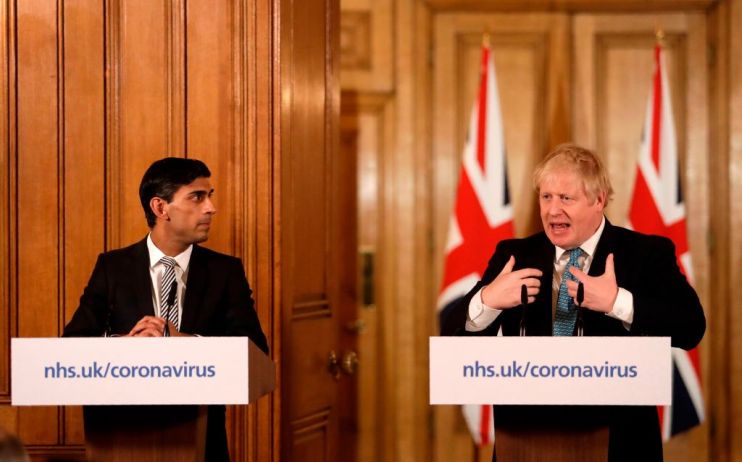A pro-growth vision for the UK economy

The UK needs a pro-growth economic policy.
That is one of the key lessons likely to arise from this crisis. It is also the central message of a new report that I have co-authored for the think tank Policy Exchange.
The pro-growth strategy should be based on three arrows: credible fiscal activism, monetary and financial stability with a new policy remit for the Bank of England, and a supply-side agenda.
The UK has suffered a deep recession. The combination of the scale of the collapse in income, demand and output so far, alongside the unlocking that is currently underway, suggests that the economy will pick up in the second half of this year.
However, it is unlikely to be until the end of next year that we will return to pre-crisis levels. And even then, there will have been some permanent scarring in terms of lost jobs.
The wait for a vaccine will continue severely to impair the business models of the hospitality and creative sectors. Travel constraints and social distancing will have a wider impact.
Thus, continued policy stimulus will be needed in the recovery phase. Counter-cyclical policy measures should include cuts in VAT to boost demand and in stamp duty to help the housing sector.
Similarly, measures will be needed to support the supply side of the economy. We would advocate cutting social distancing to one metre to help those sectors that most rely on people being physically present.
The government should also make it clear that the crisis has not diverted it from its pre-crisis agenda of levelling up the economy, proceeding with Brexit without a delay, and addressing climate change with a net-zero carbon economy.
So what should it do?
The first arrow of the pro-growth policy must be credible fiscal activism. The UK will emerge from this crisis with government debt over 100 per cent of GDP. Three times previously, following wars, the UK has seen higher levels of debt to GDP. In the aftermath of the Second World War, our debt to GDP ratio peaked at 258 per cent, before falling steadily, over time, the counterpart to this being financial repression.
Now, the present environment of low inflation, rates and yields creates a window of opportunity to emerge from this crisis without being panicked into austerity and spending cuts or higher taxes. Instead, high government debt levels are sustainable, with low debt servicing costs, thus allowing borrowing to fund infrastructure and investment.
Moreover, the government can retain confidence about the fiscal outlook by replacing existing fiscal rules with an aim to reduce this debt ratio steadily, over time.
There is a need for monetary and fiscal policy to work closely together. Indeed, the second arrow is monetary and financial stability.
This has many facets to it, but our first recommendation is for a new remit for the Bank of England, replacing the two per cent inflation target with a four per cent nominal GDP target.
Such a target would help protect against higher inflation in an upturn, and guard against weaker demand in a downturn. Also, the increasing availability of contemporaneous information on the wider economy would ensure that such data is now up to date in guiding the policy response.
There is a need to focus near-term on “pegs and regs”: pegging 10-year yields close to zero, as this will be an important bedrock for funding the deficit and supporting longer-term investment, and looking to ease prudential regulations in the near-term.
In emerging from this crisis, there is an elephant in the room that cannot be overlooked: the need for the UK banking sector to play a bigger role in the domestic economy.
When one looks at the City, its international competitiveness is important, but more attention should be paid to how it can and should play a more proactive role in contributing to a balanced UK economy.
This means closing the funding gap that faces small firms in the UK. First identified as the Macmillan Gap in 1931, last year, this gap was calculated at £22bn.
The Treasury always claims that this is a demand problem. We doubt that. There is much to suggest that UK banks do not help the real economy sufficiently — indeed, lending to the mortgage market swamps any lending to the SME sector.
On the climate change agenda the Bank of England has been at the forefront of the global debate, and there the use of prudential policy may be of use.
The third arrow is to outline a supply-side agenda, with a focus on the “I’s” of investment, infrastructure, innovation, incentives, and ensuring inequality continues to fall.
The UK is enduring a health and an economic crisis. Despite near-term uncertainties, we believe that a new macro-economic framework can help the UK achieve stronger future growth.
A pro-growth economic strategy, by Gerard Lyons, Warwick Lightfoot and Jan Zeber is available here.
Main image credit: Getty